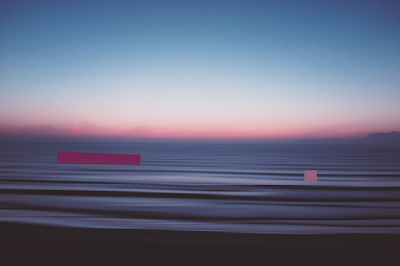— May 1, 2014 —
On the birthday of the director, we celebrate the world-building colour palettes of Wes Anderson’s imagination.
'The fictional worlds evoked in a film by director Wes Anderson have such a precise colouration – the very particular pastel hues that paint the skies, drench the buildings and dress the characters, render Anderson’s microcosms almost dream-like. The hazy-hued lens through which we peer into the director’s unique world has a retro quality that casts his films in a nostalgia for a time that could have been. The muted pink of The Grand Budapest Hotel that makes the hotel itself the biggest character in the movie; the very particular French mustard that comes to define Gwyneth Paltrow’s Margot Tenenbaum in The Royal Tenenbaums; the vintage boy scout green in Moonrise Kingdom – all of these hues are captured in the
Wes Anderson Colour Palettes Tumblr, which breaks down the shades that colour Wes’s world scene by scene with precise accuracy, and also the
Movies in Color site, which considers individual frames of many films, including Anderson's, distilling them down to their myriad different shades.'
I love a good colour palette and I believe that many graphic designers do too, which is why when someone re-shared this on Facebook, I knew that I had to have a look at it!
I love the use of colour that he makes for his films. I think most people would maybe recognise a film due to the use of the colour palette.
For The Grand Budapest Hotel, this film's colour palette is mostly pastel pinks, blues lilacs and beige. I think that when you see these colours, and if you've seen the film then you may know the film for the corresponding colour palette, which is something I really like. I like being able to spot a film for its choice of a colour palette.
Like for The Company of Wolves (1984): I'd associate that film with blacks, reds, whites, and pink.




















































